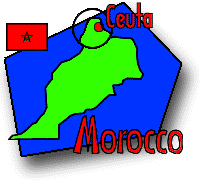 |
 |
 |
 |
 |
|
Itinerary/ Journal |
Discussions |
Resource Library |
eDscape Projects |
Scrapbook |
|
|
|
|
|
|
Copyright 1997-2004 BikeAbout. All rights reserved.

 |
 |
 |
 |
 |
|
Itinerary/ Journal |
Discussions |
Resource Library |
eDscape Projects |
Scrapbook |
|
|
|
|
|
|
Copyright 1997-2004 BikeAbout. All rights reserved.